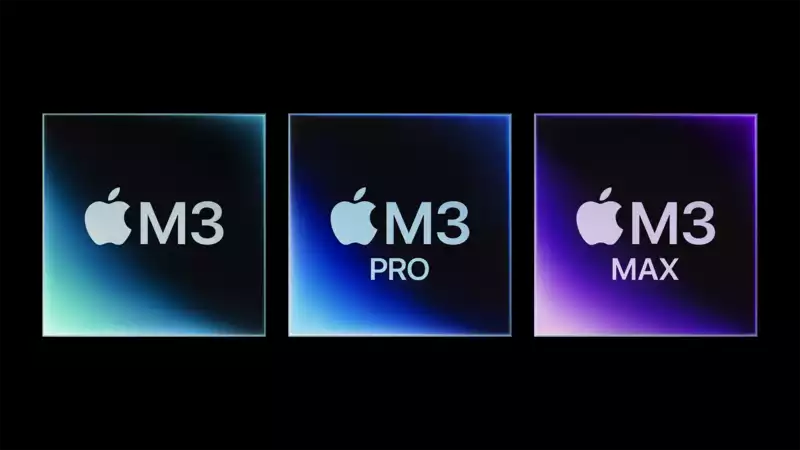Apple's M3 chip has arrived. As the first 3nm chip for personal computers, Apple's latest processor promises significant performance and graphics improvements over previous M-series chips. The entry-level chip powers the iMac M3 and the new 14-inch MacBook Pro, while the M3 Pro and M3 Max power the latest 14-inch and 16-inch MacBook Pro.
The M3 lineup includes "next generation" GPUs that take the graphics capabilities of Apple silicon to the next level. A new feature called dynamic caching allocates the hardware's use of local memory in real time, using only the exact amount of memory needed for a particular task. According to Apple, this feature is an industry first and will improve performance of demanding applications and video games.
Thanks to the new M3 chip, hardware-accelerated ray tracing comes to the Mac. The new GPUs also bring hardware-accelerated mesh shading to the Mac. This should result in higher quality graphics with more accurate lighting and detailed environments. According to Apple, the M3 GPU will deliver the same performance as the Apple M1 at half the power consumption and up to 65% better performance at peak times.
The M3 CPU is also an improvement over previous M-series chips. According to Apple, the performance core is up to 30% faster than the M1, and the efficiency core is up to 50% faster. According to Apple, the M3 line will have the same multi-core performance as the M1, but will consume half the power and offer up to 35% better peak performance.
The entry-level M3 chip has 25 billion transistors. This is 5 billion more than the Apple M2. The chip has a 10-core GPU, which Apple claims is 65% faster than the M1 in graphics performance. It also has an 8-core CPU (Performance 4, Efficiency 4), which is 35% faster than the M1 in computing performance. The base M3 supports up to 24 GB of unified memory.
Next is the M3 Pro chip, with 37 billion transistors and an 18-core GPU, up to 40% faster than the M1 Pro. This chip has a 12-core CPU (6 performance, 6 efficiency) and up to 30% better single-threaded performance than the M1 Pro. The M3 Pro has up to 36 GB of unified memory.
Finally, there is the king of the new M Series lineup, the M3 Max. This processor has 92 billion transistors, a 40-core GPU that is 50% faster than the M1 Max, and a 16-core CPU (12 performance, 4 efficiency) that is up to 80% faster than the M1 Max. As if this were not enough, this monster processor can support up to 128GB of unified memory. This chip should easily handle even the most demanding tasks such as video editing.
The new M3 chip includes an enhanced neural engine to accelerate machine learning (ML) models. According to Apple, this Neural Engine is up to 60% faster than the M1 series. the M3 processor also includes an advanced media engine that provides hardware acceleration for video codecs such as H.264, HEVC, ProRes, and ProRes RAW. This media engine is available for the first time on the Mac. This media engine also supports AV1 decoding, a first for the Mac.
Apple's M1 chip was revolutionary when it debuted in 2020, as it offered more power and efficiency than the Intel-based Macs of the time; the M2 processor, while an improvement over the M1, was not revolutionary over the previous generation. This, among other things, may have contributed to the recent slump in MacBook sales.
To see if the new processor is as powerful as Apple claims, we need to bring a Mac with the M3 into our test lab. But if everything we've heard is true, perhaps the M3 can rekindle interest in Apple computers.










Comments